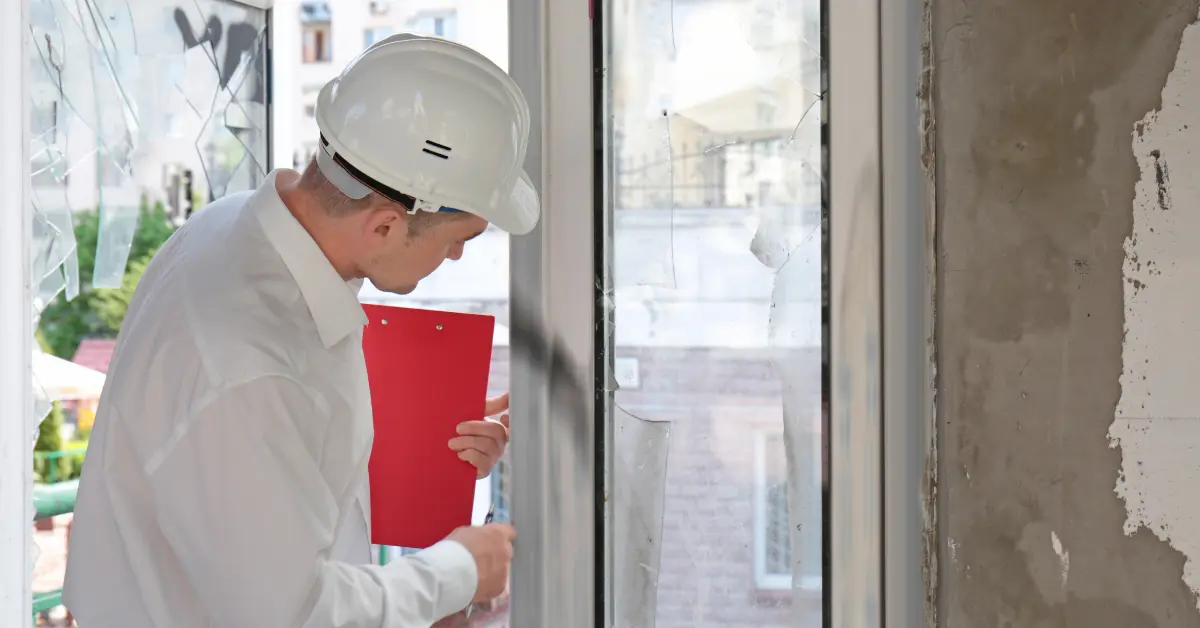Knowing what you’re getting into when investing in real estate can make all the difference between truly lucrative opportunities and funds wasted. As a real estate investor, you must pay careful attention to the market, have a solid real estate investment strategy in place, and know what to expect from your investments.
Does the buy and hold method work for your portfolio? Take a look at this guide to learn more about the advantages of buying and holding real estate.
What is Buy and Hold Real Estate Investing?
When you choose to buy and hold real estate, you start by buying a piece of property, then hold it long-term. Investors typically plan to sell the property down the line, but their real estate strategy includes holding onto it for several years before trying to sell. Owners will often rent out the property during the “holding” period, which can help pay the mortgage on the property and, in some cases, even allow for a source of income.
This is different from real estate investors who choose to buy a property that needs substantial work, then flip it quickly, however. This “fix and flip” strategy often leads to much faster turnover.
The Perks of Buy and Hold Real Estate Investing
Long-term real estate investing has a number of advantages. Many investors find that choosing to buy and hold properties can help boost their portfolios in a number of ways. Here’s a look at some of the most common upsides to the strategy.
- Buying and holding real estate generates income through your rental property.
You may generate more income through your rental property than you need to pay for the mortgage in some cases. In others, this strategy can help you build equity in the property, which you can regain later. Rental income can help you continue to grow your real estate portfolio or allow you a little more cash flow, which many people use as critical parts of their investment strategies.
- You stand to gain quite a bit of money if you have a strong understanding of the market and can hold the property long enough.
Individuals who buy and hold properties often discover the value increases substantially if they hold real estate long enough. While property values can increase and decrease over time, for the most part, real estate investments pay off in the long term. Generally, investors discover that their homes increase steadily in value over several years.
- Real estate is a tangible investment.
Unlike many types of investments, real estate offers the ability to invest in something tangible. You can visit your property, touch it, and maintain it. Many people who prefer a more involved investment style find that this type of investment works well for them.
It’s always best to consult with real estate professionals, wealth management experts, and other advisors before jumping into any investment strategy, including real estate investments. These professionals can help you determine which investments are right for your portfolio.

5 Crucial Things When Choosing Investment Properties
The buy and hold strategy can offer a number of advantages, but it does carry some risks that you must consider as you prepare your overall investing strategy. Here’s what to keep in mind:
1. It’s important to do your research before you buy.
In order to increase the likelihood of an effective investment, you should carefully check out the property before you purchase it. That includes:
- Doing your due diligence
- Having the house thoroughly inspected
- Making sure that you carefully research the neighborhood
If the neighborhood has been steadily going down in value over several years, you may have trouble getting the returns you’d hoped for on your investment property. Likewise, if you have to do more repairs than originally intended, you may mistakenly exceed your budget. Rental income can help pay the mortgage, but not if you don’t have a solid strategy in place.
2. Buy and hold investing does not always allow for ready cash flow.
Buy and hold investing is a long-term strategy. You don’t intend to buy your investment property, then hold it for just a few weeks or a couple of months. You may end up with a large percentage of your available funds tied up in the purchase of the property. A buy and hold investment won’t typically turn around quickly, so it might not be the right move if you need easy liquidity.
3. You need to factor in property management if you want to buy and hold a property.
Since you’re planning to hold the property — potentially for years — you do not want it sitting empty long-term. As an investor, you may not want to manage rental properties yourself, and keeping up with those property management needs may not fit your investment strategy. Hiring a property management company can help decrease the frustration associated with managing a rental property, but will also increase your costs and further cut into your cash flow. Rental properties can bring significant challenges, especially if you aren’t prepared ahead of time.
4. Rental properties carry special rules.
As a landlord, you will have to follow certain specific rules regarding your rental properties. As an investor, you may be focused on the financial attributes of the building. Renters want to know that they’re getting a comfortable, livable home, though, and that you’ll take care of any issues as they arise. Whether you’re purchasing single-family homes or apartments, it’s important to know those rules before you invest in real estate.
5. You have to know the local real estate market.
Real estate appreciation is a very real thing. As an investor, you need to know the local real estate market. Partnering with an experienced real estate agent can make it easier for you to choose investment properties that meet your specific requirements and fall under your real estate investing strategies.
Is Buy and Hold Real Estate Investing Right for You?
To determine if buy and hold property investment is the right strategy for you, ask:
- Do I need ready cash flow?
- What does the housing market look like in my area?
- Am I prepared for the challenges of long-term investment?
- Can I secure financing for an investment property?
- Do I want to use a property manager?
- How much passive income can I generate through owning real estate?
If you’re ready to get started and take advantage of the benefits of investing in residential real estate, an experienced real estate company can help. Contact Nomadic Real Estate today to start looking for your next investment property or to ask questions about buy and hold investing.



































